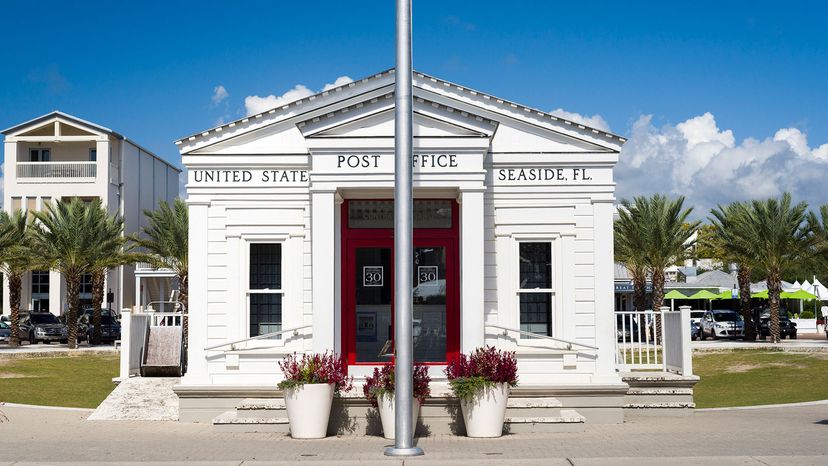
The United States Postal Service (USPS) needs help, stat. Plunging mail volume has beleaguered the USPS for years, along with a rising debt load. Don't believe us? Check out these operational statistics from 2010 to September 2019, most of which paint a dismal picture for this beloved American institution [source: USPS]:
- Total mail volume decreased from 170.9 billion units to 142.6 billion.
- Roughly 87,000 career employees were lost.
- Retail customer visits dropped from 1 billion to 812 million, while total retail revenue dropped from $17.5 billion to $12.7 billion.
- Annual operating revenue increased, but only slightly, from $67.1 billion to $71.1 billion.
- Shipping/package volume doubled, from 3.1 billion to 6.2 billion units, one bright spot.
What's going on? The USPS exists as an independent establishment of the executive branch of the U.S. government. It receives no tax dollars for its operations. Instead, its revenue comes from the sale of stamps and other service fees. But it's not the decline in mail volume that is crippling the Postal Service, for it actually generates enough revenue to cover its operating costs. The main issue is its employees. Or, more specifically, its future retirees.
Advertisement
In 2006, the Postal Accountability and Enhancement Act became law. Part of this law required the USPS to prepay its employees' future pension and health benefit costs, a huge financial burden. To wit: In fiscal year 2019, the USPS lost $8.8 billion, 83 percent of which was due to these prepayments. Just as notable, almost no other governmental entity is mandated to do the same [source: Katz].
Back in 2006, the requirement didn't seem as onerous as it would become. The George W. Bush White House insisted on adding this requirement assuming that the Postal Service would be making billions in profit and it didn't want the Treasury Dept. to be on the hook for making the pension payments, reported the Washington Post. A bipartisan Congress went along with it to get the bill (which was initially about streamlining postal rate increases) passed. This was just a couple of years before the Great Recession and the widespread availability of the smartphone, both of which helped mail volume to sprial down.
The USPS has tried marketing campaigns, selling merchandise and expanded Sunday package delivery, among other measures, to combat these steep costs. But financial problems persist. Can anything help? Let's find out how the United States Postal Service works in much more depth.

